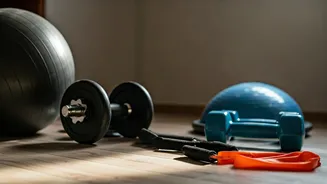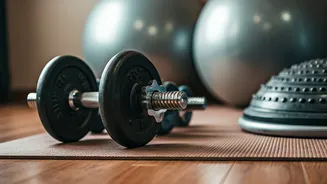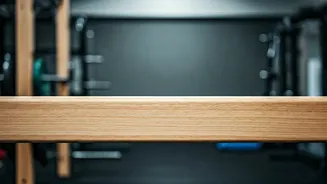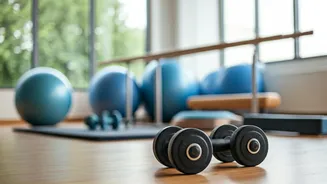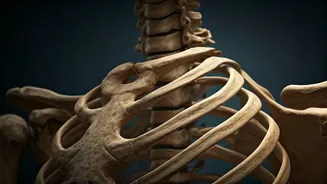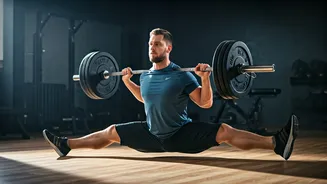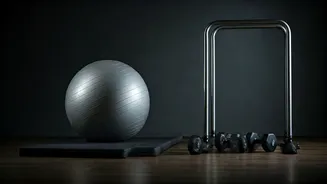Importance of Exercise
Regular exercise is extremely important for those with Parkinson's disease. Physical activity is a cornerstone in managing the disease and can have a significant impact on quality of life. Exercise has
shown to help mitigate some of the symptoms associated with Parkinson's, such as rigidity, slowness of movement, and balance problems. It can improve motor skills, enhance coordination, and increase overall physical fitness. This is achieved by strengthening muscles, improving cardiovascular health, and promoting neuroplasticity, which is the brain's ability to reorganize itself by forming new neural connections throughout life. Incorporating exercise into a daily routine can also help with non-motor symptoms like fatigue, depression, and cognitive decline, thereby significantly improving the overall well-being of individuals affected by Parkinson's.
Marching in Place
Marching in place is an excellent warm-up exercise and helps improve lower body strength and coordination. To perform this exercise, stand with your feet shoulder-width apart. Begin by lifting one knee towards your chest, as if marching. Alternate legs, bringing each knee up as high as comfortable. Maintain an upright posture and engage your core to help with balance. Focus on lifting your knees rhythmically and keeping your arms swinging naturally at your sides for added balance. Aim to march for 1-2 minutes, gradually increasing the duration as you improve. This simple exercise is particularly beneficial for those experiencing freezing of gait, as it helps to re-establish the rhythm of movement and improves stride length. It's a great exercise to do first before moving onto more complicated exercises.
Chair Stands
Chair stands are a powerful exercise designed to build lower body strength, which is often compromised in Parkinson's. This exercise starts with sitting in a sturdy chair with your feet flat on the floor and your back straight. Keep your arms crossed over your chest or extended forward for balance. Slowly stand up from the chair, using your leg muscles, and then gently sit back down. Avoid using your arms to push yourself up, if possible, to maximize the effectiveness of the exercise. Repeat this movement 10-15 times, focusing on controlled and deliberate movements. Chair stands not only strengthen the legs and core but also improve balance and reduce the risk of falls. Modifying this exercise with a higher chair or by using arm support can be helpful if you struggle with balance or strength.
Arm Raises
Arm raises, involving either front or side raises, are useful for enhancing upper body strength and range of motion. Stand with your feet shoulder-width apart, either holding light weights (such as 1-2 pound dumbbells) or with your hands empty. For front arm raises, slowly lift your arms straight out in front of you, up to shoulder height, keeping your elbows slightly bent. For side arm raises, raise your arms to the sides, also to shoulder height. Lower the arms slowly. Perform 10-15 repetitions for each type of arm raise. This exercise targets the shoulder and arm muscles, promoting better posture and reducing stiffness. Performing this exercise regularly helps maintain flexibility and strength in the upper body, which is essential for performing daily tasks.
Balance Practice
Balance exercises play a crucial role in reducing the risk of falls, a significant concern for those with Parkinson's. A simple balance exercise involves standing with your feet together and holding this position for as long as possible while keeping your posture aligned. Another exercise involves standing with one foot in front of the other, heel-to-toe, much like walking a tightrope. Start by holding the position for 10-20 seconds and gradually increase the duration. If balance is a major concern, it's beneficial to have a chair or stable surface nearby for support. These exercises improve proprioception, which is the body's awareness of its position in space, and help strengthen the muscles that support balance. Practicing these exercises regularly can boost your confidence and reduce the likelihood of falls.
